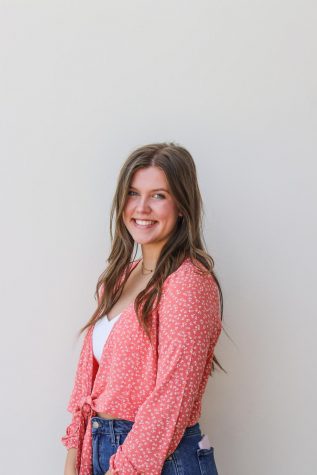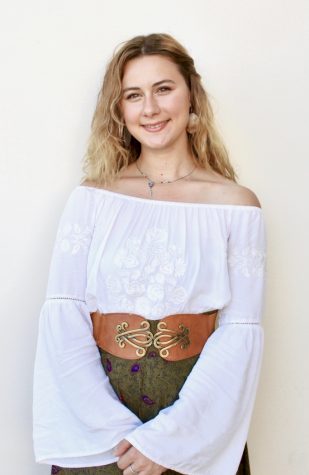Biola sees hundreds of students travel domestically and internationally every semester. Six months ago, the university had limited precautions and risk management procedures in place to ensure the safety of students traveling for mission trips and semesters abroad. With a new division, University Travel Safety and Risk Mitigation, created Sept. 1, 2019 and headed by Chief of Campus Safety John Ojeisekhoba, the university is working to improve student security locally and internationally.
NEW METHODS
In September 2019, Ojeisekhoba and his team began creating a methodology that would allow them to scrutinize locations based on communication technology, crime levels, natural disasters and various other categories. By understanding a locale, the safety team can determine whether or not students should travel there. This process is particularly relevant for the Student Missionary Union and their student-organized mission trips.
Their research culminated in a 40-page report for each of the six proposed mission locations. The report assisted the risk management team in creating emergency procedures covering a variety of situations like kidnapping, earthquake and injury. SMU’s Team Puerto Rico utilized these procedures during an earthquake they experienced Jan. 7 while serving in Guaynabo.
Before TSRM, SMU advisors were responsible for ensuring students’ safety during mission trips. The President’s Cabinet reached out to Campus Safety in order to change this, as Ojeisekhoba has experience evaluating the safety of university locations across the nation, including Azusa Pacific University and Corban University.
“There’s this department that now has the expertise and resources,” said SMU advisor Chad Miller. “In previous versions of this it was students just figuring out and saying, ‘Yeah, Puerto Rico is fine, I think Puerto Rico is fine’ and that was kind of the risk assessment.”
SAFETY IMPROVEMENTS
According to Ojeisekhoba, the changes to international travel precautions are a “stop gap” measure. SMU hopes to create relationships with communities worldwide and send teams to the same places every year. In order to do this, the TSRM team plans to visit the locations and assess them on site. They have already denied an SMU destination in Mexico that was set to take place over winter break, citing crime and other dangers in the area.
“I’m working with leadership, a ministry focus [and] conflict management,” Miller said. “I can stay in that pocket with SMU without having to try to pretend that I know if that location is safe. So this partnership is exactly what we have needed for years.”
Another improvement afforded to SMU teams will be satellite phones. Campus Safety partnered with Biola’s Information Technology department to determine the best cellphone for international use. After choosing a cellphone, the university approved the purchase of several kits for future international trips that students can use in locations which lack trustworthy communication. Campus Safety also provided students with first-aid kits for the first time ever this year and trip leaders are now required to be first-aid and CPR certified.
“We would like for students to focus on the good work that is being done at any of these locations,” Ojeisekhoba said. “Serving, not to have to worry, ‘Do I know anything about my safety or not? Is this place safe? How do I not be complacent?’ So they don’t have to worry about that. We do all the prep work.”
TSRM is now responsible for approving proposed SMU trips. During the approval process, TSRM looks at the danger rating of the area, 5 being the highest level of danger and 1 being the lowest. The chances of approval decrease when an area is categorized as more dangerous. SMU’s director of short-term missions Colton Stoody said the areas deemed as a 4 or 5 will most likely never be an SMU destination to ensure positive mission organization relations and student well-being.
“That does limit our opportunities to be able to go to some places, but it also gives us boundaries,” Stoody said.









